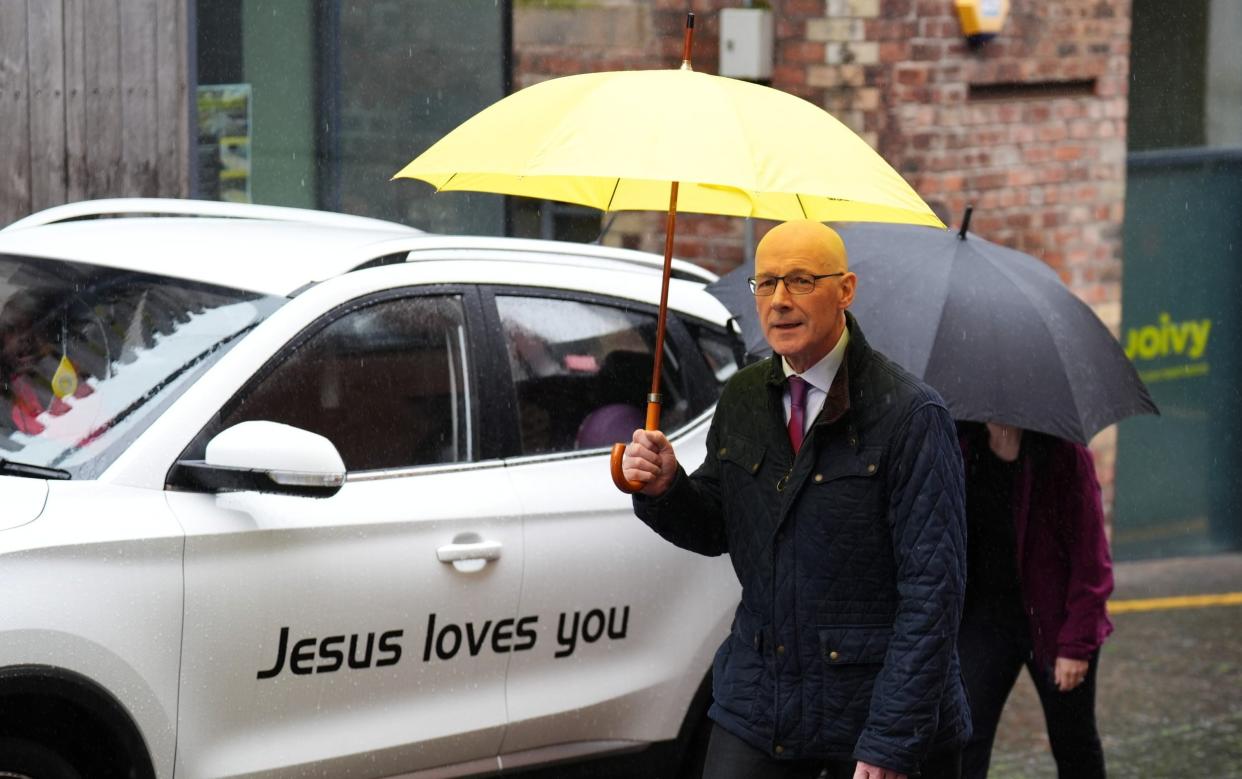Scots know all about tactical voting and the SNP could be its next victim

It’s one thing to say you’re going to beat the SNP and make Scotland independent from the nationalists’ perpetual demand for “independence”; it’s entirely another thing to go and do it. After all, there haven’t been many new dawns in the Scottish Conservative and Unionist Party’s history since devolution.
One-time leader, the late and much lamented David McLetchie, despaired that they’d never get past the Scottish voters’ seemingly permanent dislike of his party. However, a subsequent leader, Ruth Davidson, did well to get the party up to 13 seats in the 2017 general election but that total has been gradually whittled back to where it is now - with six.
And that result was based on the Tories best clarion call - defeating the SNP’s demand for Scottish independence. That’s why again there is a new spring in the step of Scottish Tories as they prepare for the July 4 election. The combination of a couple of less than positive years of SNP governance - with the party now on its third leader in just over a year - along with its corresponding slump in the opinion polls has cheered leader Douglas Ross’s troops.
And they’ve taken heart, especially from the fact that Ross played a key role in getting rid of Humza Yousaf and is again leading the charge in seeking to destroy John Swinney over his “old pals act” in protecting a minister who’d been caught fibbing over a massive data bill he’d expected the taxpayer to pay.
The Scottish Tories chose to launch their election campaign in what can only be described as Swinney’s backyard. The re-named and redrawn constituency, now called Perth and Kinros-shire, is represented by Pete Wishart, the SNP’s longest serving MP, and includes the City of Perth which is represented at Holyrood by none other than the SNP leader.
It should be remembered in the run up to July 4 that the election in Scotland is in many respects completely different from that south of the border. Ross and his team are primarily fighting the SNP; all of the six seats they currently hold have the nationalists in second place. And all of the six seats on their target list are now held by the Nats.
They’re banking on the SNP’s plan (and Labour’s to an extent) to shut down North Sea oil and gas production as their best chance of increasing their number of MPs. The confidence of the Tory election team is further heightened by at least one recent survey - a poll by Survation - which suggests that the SNP, currently the third biggest party in the Commons, could see their number of MPs collapsing from 47 to 16. The survey also suggests that Labour will win 28 - up from one - with the Tories gaining an extra two seats, taking their total to eight.
As is usually the case with elections in Scotland, tactical voting will play a significant part in the outcome. The Scottish Tory leadership is hoping that Labour and Lib Dem voters will back Conservative candidates in seats where the latter have the best chance of beating the SNP.
However, Ross has learned from one of his previous mistakes and has said he will no longer be urging Tory voters to “vote Labour” in seats where Sir Keir Starmer has the best chance of beating the nationalists.
I don’t think he’ll need to. Scottish voters are well used to voting tactically against the party they least want to win and everyone expects that it is the SNP that will suffer most this time.
The last time tactical voting was used on a very big scale was in 1997 when the Tories were the “victims” and were wiped out in Scotland - losing all of their seats. That episode is seared into the collective memory of the party in Scotland.
This time round, however, they’re hoping July 4 will be the day that the nationalists suffer in a similar fashion.

 Yahoo News
Yahoo News 
